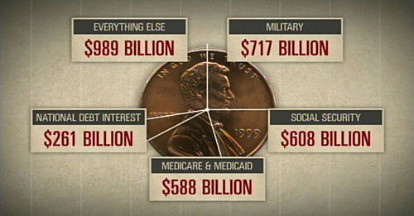There is a new movie about Sonic the Hedgehog. It’s called “Sonic the Hedgehog”.
We went to see it today in a place called Malton, in North Yorkshire. The cinema was very unlike the normal multiplex chain type of cinemas we usually go to in London. It’s called the Palace Cinema and is independent and family-run. You can watch this video to learn more about the person who set it up.
When I saw the trailer for the Sonic the Hedgehog movie, I thought, “bad”. Not because of the main character looking weird and like it had human teeth or whatever. I didn’t even see that trailer. The one I saw came out after they fixed the hedgehog and it still made me think, “bad”. They had made the hedgehog look OK as a hedgehog, but as a person? As a person, the hedgehog just came across as a douchebag.
Then when the film came out recently a lot of reviews also came out and most of them said, “bad”. Mark Kermode said it was bad and he didn’t say it was bad because Sonic ruined his childhood or anything like that. It’s safe to say that Mark Kermode did not play Sonic the Hedgehog in his childhood. He just said it was bad because it was bad as a film.
Paul Ford wrote a good tweet about the Sonic the Hedgehog movie.
My wife and I like the phrase “I love that you loved it”. There are many times we’ve been to the cinema with our kids and could have used those words. So when the children today put their foot down and chose the Sonic the Hedgehog movie over Harrison Ford/dog epic “The Call Of The Wild”, we resigned ourselves to leaving the cinema later and saying those words, “I love that you loved it”.
Given all this buildup of expecting a bad movie I was actually surprised to find that I quite enjoyed it.
Sonic isn’t as insufferable as he came across in the trailer. He alternates between being touchingly vulnerable and annoyingly brash, but in this he is a lot like the 7-10 year old children who are probably the core audience for the film.
Jim Carrey’s star turn is a critical part of why I didn’t dislike it. I suspect that, if he hadn’t been in the movie, my views on it would have been along the lines of, “bad”. His character is the villain but, rather than being an underworld criminal boss, he’s actually a military dark-ops type with high-level security clearance. And he’s not gone rogue or anything either, he’s the person the government has brought in to try to catch Sonic. Is this quite a rare thing in children’s films nowadays, for the main baddies to be government representatives? And was it weird that Carrey’s character reminded me a bit of Dominic Cummings?
Now one thing I have in common with Mark Kermode is that I too didn’t spend my childhood playing Sonic the Hedgehog. I was an Amiga/Nintendo person and didn’t own any Sega consoles prior to the Dreamcast. During the Sonic era I only played Super Mario Kart, so there’s no Gen-X childhood nostalgia for me to be protective here. And for the children in the audience who seemed to enjoy themselves, there wasn’t any Sega nostalgia for the film to exploit either.
It’s nice when kids choose to like or dislike things themselves, shoving aside the nostalgia-fuelled guidance of their parents’ generation. And if this film does well despite the critical consensus being that it is bad, it’ll probably because children just decided they liked it, which is fair enough.







